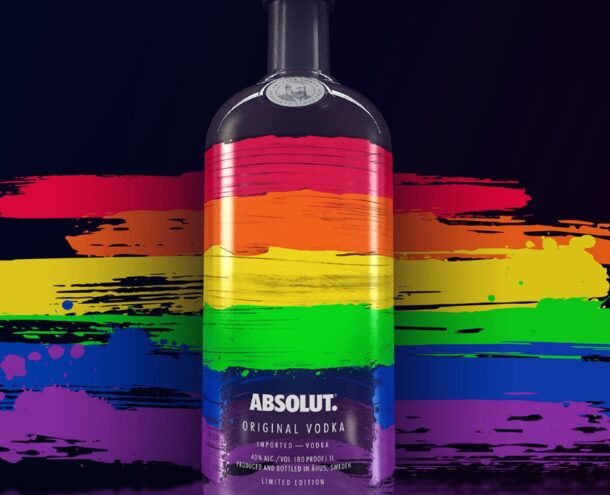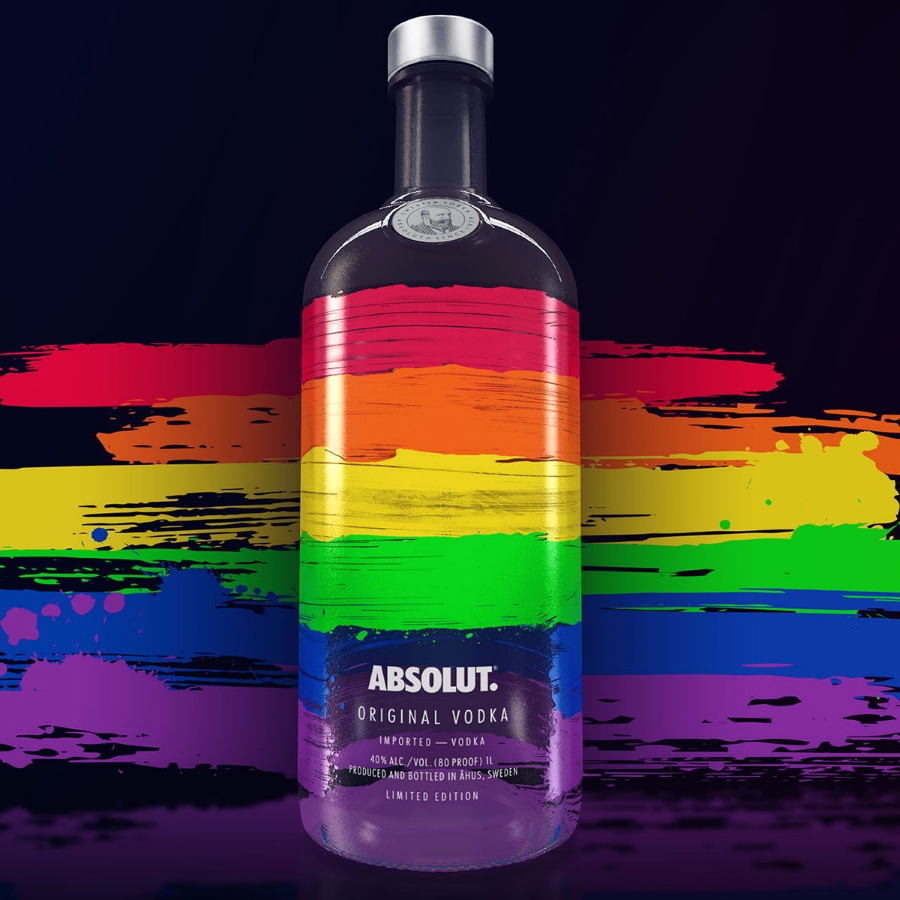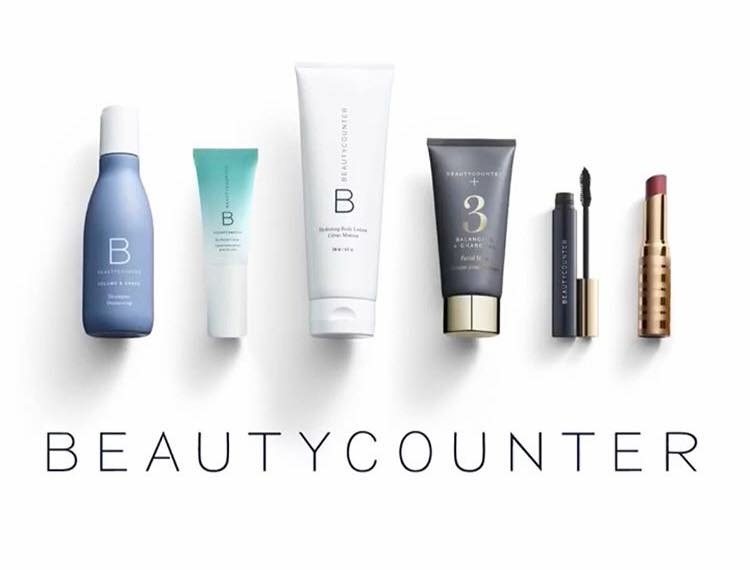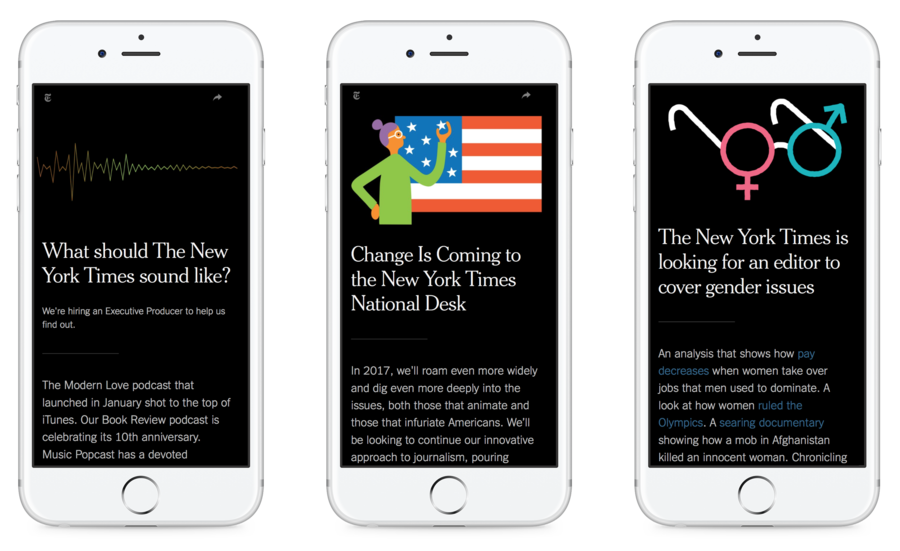Monigle Perspective: Move-Worthy Brands of 2019

We have a mantra at Monigle. That’s the word I prefer to use at least. Because this mantra echoes in our heads when we work, is a yardstick for our product and the litmus test for who we engage with. I’ve built it up: we humanize brands to move people.
The idea of an “idea” or a brand, or an experience actually moving people is inspiring to me. Being moved is what I most consistently seek as a human (consciously or subconsciously) after all. It’s why I pay more for something. Why I need something that may not be near necessary. It’s why I’m loyal to one thing over another. And I’ll admit, being moved is subjective. It’s ephemeral, emotional, not easy to expect but the effect…it’s exciting.
As this is the time of year for agencies to announce their “best of brands” for 2019, we’d be silly not to participate. But I’d like to propose a more meaningful lens on such a selection process: a few brands that moved our culture in a better direction this year while personally moving me. I’ll add context around the work each brand has done this year and its relevance to the list, however, the more important conversation is not what they did, but why they did it.
Move-Worthy Brands of 2019
- Absolut Vodka: lived up to its tagline of planet earth’s favorite vodka. Three pillars of responsibility and advocacy frame an impressive list of 2019 innovations and initiatives from carbon neutral production to a limited-edition bottle made entirely out of former Absolut bottles to continued leadership with the LGBTQ+ community.

Learn More: Absolut Rainbow Edition
- Parsley Health: improving primary care with a root-cause, whole-body approach. Parsley is elevating the expectation and role of the doctor with health plans that encourage holistic medicine, personalized planning and data-heavy lifestyle tracking for a more proactive approach than we’ve become used to in mainstream primary medicine.

Learn More: Meet the health care disruptors coming for your consumers
- Beautycounter: the “man-version” of this stuff has infiltrated my side of the bathroom after a compelling partner’s persuasion. It works, it’s demonstrably safer than what I was using before and I feel a sort of 80’s nostalgia for multi-level marketing. But seriously, Beautycounter is making it easy to buy the better skincare products we all deserve. Almost every woman in my life is an enthusiastic supporter of this consultant-based “clean beauty” brand increasing the safety and transparency of everyday products for men and women.

- The New York Times: giving a voice and anthem to journalism. With a dedicated “2020 team” tasked with envisioning the organization’s future (and the future of journalism), 2019 proved to be the year the storied newspaper became a true multi-media powerhouse and influential advocate for journalism and free press, with award-winning podcasts, a weekly TV show and immersive long-form digital content.

These are just four of many notable examples, and as I think about why they moved me it’s less about the brand and more about the brand’s behavior. The diversity of categories in these examples is proof that truly moving a human person isn’t exclusive to a type of business or kind of brand. As I dug into each of these brands, what stood out in my mind were the common traits these four very different brands possess. How’d they do it?
Three Perspectives the Brands did Right:
- Missional, not just purposeful: each brand is built on an actionable mission, something more motivating and meaningful than an aspirational purpose. For each, a need and opportunity are embedded in the role the brand is built to play. And in turn, it plays that role actively.
- Products tied directly to purpose: it’s one thing to have a motivating purpose and strategic north star, but each of these brands has created, innovated and marketed products that deliver specifically on the purpose, not just the category expectation
- Tribal embrace and empowerment: they’ve gone beyond simply knowing who they are most for and cultivated a core tribe of like minds that drives consumer engagement. From Absolut’s embrace of social progressives and even more specifically, the LGBTQ+ community, to The New York Times’ essentialism for free press enthusiasts and intellectuals to Beautycounter’s cult-like consultant base who see their involvement as more than a side hustle, but a movement toward bettering an industry. You can picture a Mary Kay person vs. a Beautycounter person, a New York Times viewer vs. a Fox News viewer and so on.
Committing to seeing your brand as capable of, or even responsible for moving people is the first step. And it’s harder than it might seem. We occupy a world of skeptical, over-indulged, always-on, push-button-bring-dinner consumers. And maybe that’s why it’s so critical to recognize that to be moved, one must be transported from a point A to a point B. Willed out of the day-to-day and part of a bigger something. Today, a more purposeful and better option is mandatory. But as these brands have proven, the idea of progression is the elusive, exceptional payoff.
As we go into 2020, have you considered how your brand resonates to break through this clutter and move consumers to action? We can help – reach out to us and start a conversation.



